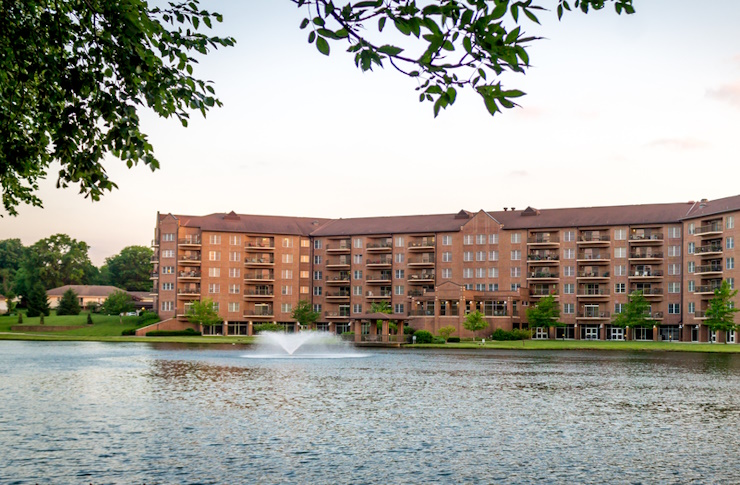Emerging Opportunities in Adaptive Reuse Real Estate
Introduction: The dynamism of the real estate market often reveals novel investment opportunities. One such trend gaining momentum is adaptive reuse—the process of repurposing existing buildings for new functions. This article delves into the ins and outs of adaptive reuse in real estate, highlighting its potential as a lucrative investment strategy.

The Genesis of Adaptive Reuse
Adaptive reuse in real estate is not a new concept. It originated during the Industrial Revolution when factories and warehouses were converted into residential lofts. Today, the philosophy extends to a range of properties—from churches to hospitals, schools to office buildings—each offering unique possibilities for transformation. The practice has gained traction in recent years due to various socio-economic factors, including urbanization, a shift towards sustainability, and the changing demands of modern consumers.
Current Market Trends in Adaptive Reuse
In the contemporary real estate market, adaptive reuse is being seen as a viable solution to several challenges. Urban areas with limited available land are particularly drawn to this strategy as it allows for growth without additional construction. Furthermore, it fits into the broader push towards sustainability, as repurposing existing structures reduces waste and conserves resources. The trend is also driven by a desire for uniqueness and authenticity, with modern consumers often favoring spaces with history and character over cookie-cutter designs.
The Investment Potential of Adaptive Reuse
Adaptive reuse offers several potential benefits for investors. Properties suitable for repurposing often come at a lower price point than new constructions, reducing initial capital outlay. Additionally, these projects can benefit from various state and federal incentives aimed at promoting sustainable development. Finally, the end product—a unique, characterful space—can command higher rents or sale prices, leading to substantial returns.
Challenges and Considerations
While adaptive reuse offers significant advantages, it also comes with challenges. These projects often involve dealing with older buildings that may have structural issues or outdated systems. Additionally, they must navigate complex rules and regulations related to historic preservation. Investors considering this strategy should approach with a clear understanding of the potential difficulties and a plan for managing them.
The Future of Adaptive Reuse
The future of adaptive reuse in real estate looks promising. As cities continue to grow and evolve, the demand for unique, sustainable spaces is only set to increase. Furthermore, the trend aligns with broader shifts in consumer preferences and societal values, suggesting that it is more than just a fleeting fad. For savvy investors, adaptive reuse represents a compelling opportunity to capitalize on these dynamics and drive significant returns.
In conclusion, adaptive reuse in real estate offers a unique blend of historical charm, sustainability, and financial potential. Despite the associated challenges, this emerging trend presents a compelling investment opportunity for those willing to think outside the box and embrace the past’s potential to shape the future.





